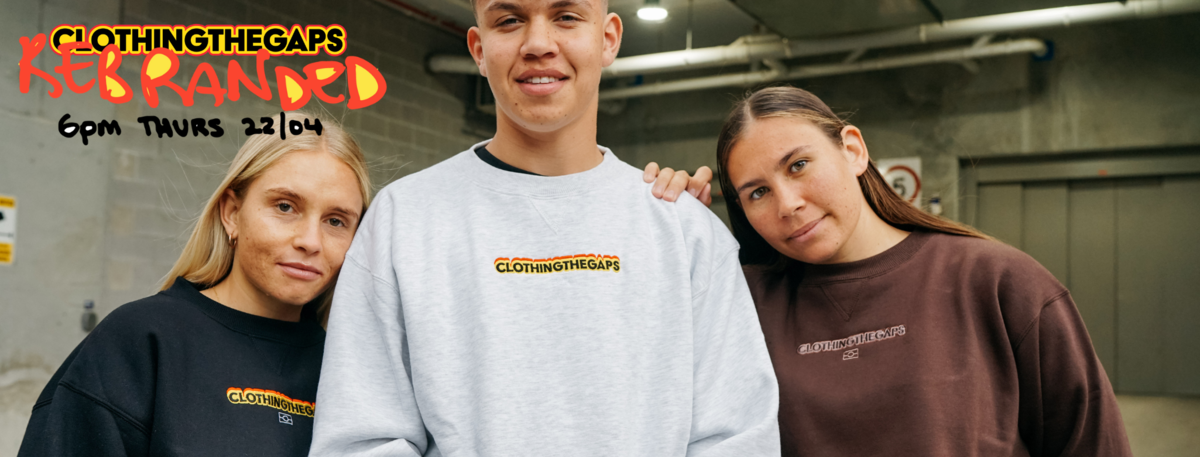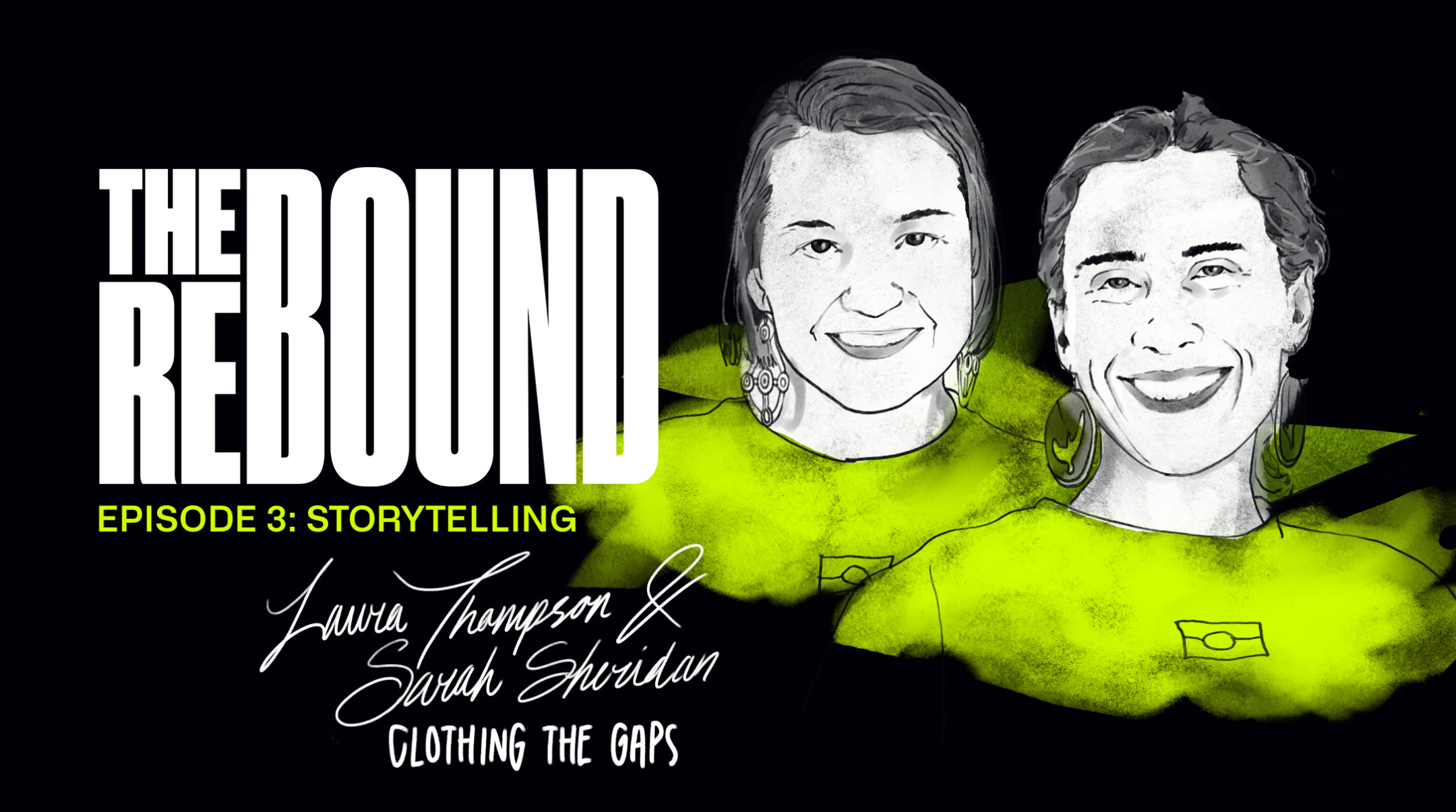Thousands of years ago, a hunter drew a bison on a cave wall with some charcoal to tell his community about nearby dining options.
From this point on, our survival became dependent on telling clear, compelling stories—passing down critical information about shelter, food, and hunting.
By the time Shakespeare appeared onstage, books were being produced en masse by Gutenberg’s printing press, which meant stories were now fixed and could be shared verbatim. This allowed religions, governments, and societies to establish and scale a tight narrative.
The industrial age led to radio and cinema, letting stories be broadcast simultaneously around the world. In the mid-1900s, television gave everyone a screen, which became the domain of privileged brands and corporations wealthy enough to buy ad space to tell their stories to the masses.
Then, around 25 years ago, the evolution of the internet, followed closely by the proliferation and exponential growth of social media networks, unleashed a power that let everyone tell, share, and profit from stories.
Storytelling to stand out in ecommerce
If your brand is in a saturated market (i.e. anything the requires selling online), there are some very creative ways to stand out in the crowd through smart, compelling storytelling.
To figure out those creative ways, Bertie Ocampo says to start by thinking about a story you love—a documentary, a podcast episode, or a novel.
What is it about that story that makes it stay with you? Chances are it moved you to feel something. If you can move your audiences to feel something it’s easier to build trust and an initial connection, laying the foundation for turning them into a customer.”
Bertie Ocampo, APAC Integrated Marketing Lead, Shopify
A brand storycontains many of the same elements that draw you into your favourite book or film. And it’s a story that serves a similar purpose.
Bertie says, like a movie or your favourite novel, your story has characters, which are your customers; a conflict, which is your customer pain point; a rising action, which is your journey to solve that problem; and a climax, which is the launch of your product.
“Your story then becomes the structure upon which your customers write their own,” she says. “Remember: people will forget what you said, people will forget what you did, but people will never forget how you made them feel.”
Learn more:Gymshark and Flow Share Their Secrets for Brand Discoverability
Staying strong while scaling
There comes a point in every organisation’s life where scale confronts operational reality. Bertie says to ask yourself how you keep doing what you were doing in a bigger way, such that it doesn’t sacrifice the quality and reliability of how you got there in the first place.
Scaling isn’t just about getting bigger,” Bertie says, “it’s about getting better. With the digital tools available it can be quite easy to scale quickly. It also makes it easy to scale poorly.”
Speed of growth must be balanced with precision or the quality of your brand will suffer, and quality is what makes you special and what makes it worth scaling in the first place.
Remember these key points when scaling:
- Keep your customer at the heart of the organisation’s decisions.
- Inform all strategy decisions with real data.
- Ensure your team culture mirrors your brand culture.
- Always continue to learn and reiterate your brand story.
Learn more:From One-Time Buy to Brand Loyalist: 5 Ways to Build Lasting Customer Relationships
谁做得对?

Brands with purpose are the ones who thrive and have their stories spread furthest.
Laura Thompson is a Gunditjmara woman and co-founder and managing director ofClothing The Gaps, an Aboriginal-owned and -led social enterprise that connects customers and creates social change through the power of storytelling. “We unite people through fashion and a cause, and we create merch with a meaning—conversation starters that create social change within the community,” she says.
Clothing the Gaps lives by the term “Wominjeka,” which is a Woi-wurrung word for “welcome” or “come with purpose.”
Sarah Sheridan, co-founder and director of operations at Clothing the Gaps, says, as a social enterprise, Clothing the Gaps reinvests its profits back into its foundation.
Our foundation exists to add years to Aboriginal people’s lives, so every t-shirt, scarf, beanie, and hat that we move all goes into our purpose”
“我们是一个道德服装Australia-accredited business. We are the first Aboriginal business to have that accreditation. We produce as much as we can locally in Melbourne, and we ensure every single piece of product that’s made in Australia has that Ethical Clothing accreditation, which means everyone is looked after in the process.”
Recently, Clothing the Gaps faced some legal hurdles, over both its old name, Clothing the Gap, and its use ofthe Indigenous flag.
“When we first registered, GAP let us know they intended to oppose it, and then it wasn’t long after that we got our cease and desist from WAM clothing about the use of the Aboriginal flag and the whole copyright issue there,” Sarah says.
“We chose to fight publicly and put our attention into theFree the Flag campaign. We trusted the experts around the trademark issue. It was a dark cloud that hung over us for two years. We didn't know what we were going to be called. We trusted our community would come on board with us on where we had to go with that.”
Laura says Shopify has allowed Clothing the Gaps to keep on running during hard times.
We love Shopify. Our business is an online platform and we do have a shop, but the majority of the sales comes through our online platform,” she says. “It has allowed us to survive during COVID and difficult times. It definitely helped us.”
“As we’ve grown and shifted, we’ve changed the way we do business,” Sarah says. “Shopify has enabled us to do that well. It’s never held us back on any decision we’ve wanted to make.”
Learn more:The Best Brand Storytelling Examples from Fashion Ecommerce Websites
Takeaway tips
- Use your brand’s unique story to stand out from the crowd.
- When scaling, always keep your customer at the heart of the organisation’s decisions.
- Speed of growth must be balanced with precision.
- If your brand has a social cause and purpose, ensure your customers understand it.
- Always continue to learn and reiterate your brand story.
About The Rebound Season 2
- Episode 2 ofThe Rebound在澳大利亚第二季播出this Saturday, July 10, at 12:30 p.m., on Channel Nine. New episodes are released every week.
- Each new episode ofThe Reboundwill cover a different theme to address the most pressing opportunities and challenges facing entrepreneurs today.
- The themes, in chronological order, are: Skills, Design, Storytelling, Pricing, Culture, Growth, Future of Work, and Crypto.
- For more information aboutThe Rebound, visitthe website, where you can catch all the episodes from season 1.
Read More
- 6 Best Open-Source Ecommerce Platforms for 2023
- 11 Ecommerce Checkout Best Practices: Improve the Checkout Experience and Increase Conversions
- Six Must-Have Technologies to Build the Best Ecommerce Tech Stack
- Rebound Growth Hacks: How Cryptocurrency Could Impact your Business
- Rebound Growth Hacks: Turbocharge Your Ecommerce Business With These Skills
- Rebound Growth Hacks: Designing an Authentic Experience For Your Customers






